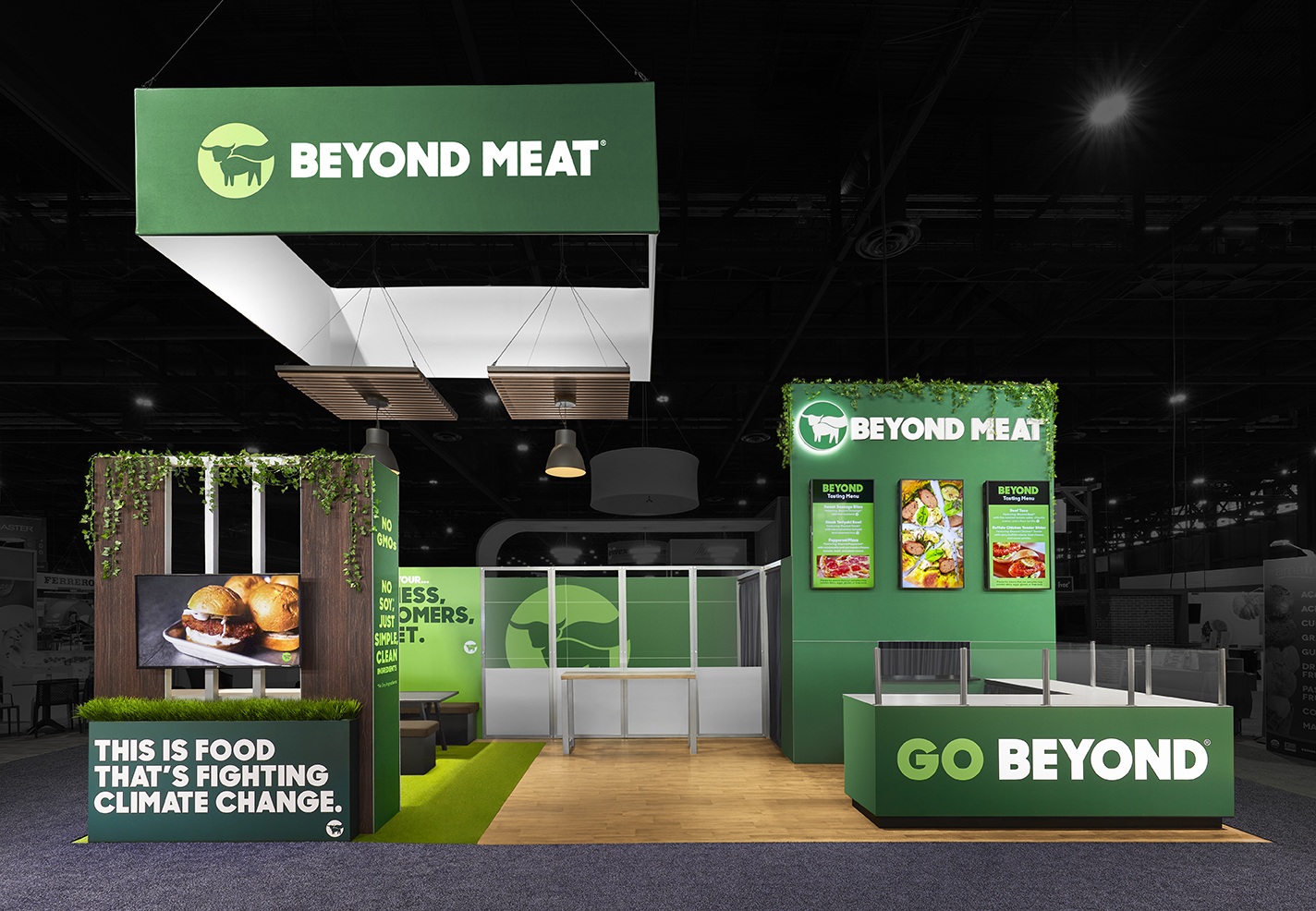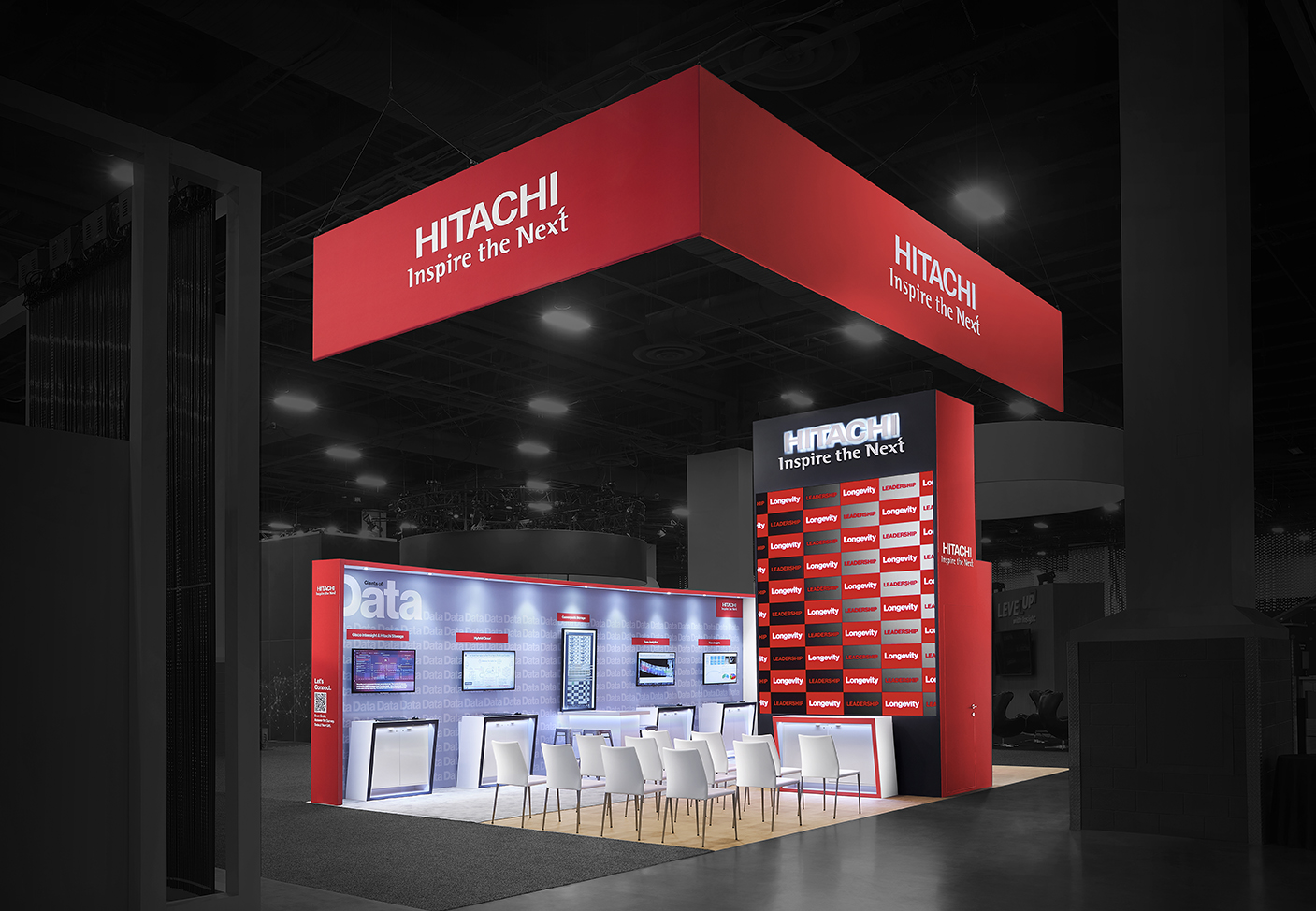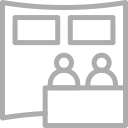Allocated budgets for trade show booths always seem to disappear in the blink of an eye. Learn how to maximize those marketing dollars for the biggest impact.
First, if you need a little help getting your budget together in the first place, we’ve got a few quick-hitting resources to review before diving into this article:
● Check out this
blog for THE #1 way to save on booth costs
● Click
here for advice on how to advocate for more funds for your trade show budget
● Learn how to
avoid hidden fees if you’re tired of “surprise invoices” at the end of your event
Now that you’re armed with industry tips on how to save, how to advocate for more funds, and how to be cognizant of hidden fees, let’s jump into what actually has the biggest impact on your booth budget.
In this resource, you will learn:
● The
five factors behind the biggest cost centers of any booth
● The most requested “
bells and whistles” we see as an exhibit provider
● How some of the biggest brands are implementing these features
● And lastly, tips for maximizing your booth budget
The 5 Biggest Drivers of Booth Costs
No matter the size of the booth, or where the trade show takes place, we’ve uncovered five factors that have the most impact on your budget:
1. Type of Booth
Perhaps the most important factor to consider when planning your trade show event is the type of environment you’d like to create. The ultimate purpose of exhibiting at a trade show is to showcase your brand to potential clients on a large scale; so it’s important to identify what’s attractive to your prospects and build upon that.
Some questions to ask as you map out the blueprint of your booth:
● Should the booth be open and welcoming or partially closed off to create mystery and intrigue?
● What kind of stimuli will the audience best respond to?
● How many walls are shared with neighbors and how should we finish them?
These prompts will help you get started on visualizing the environment you want to create, as well as give your exhibit provider a starting point for some ballpark estimating so that you have an idea of your budget from the get-go.
Another important consideration when determining booth type is LOCATION, LOCATION, LOCATION!
Your booth location plays a huge role in the success of the experience. The goal is to receive maximum exposure. But of course, the better the location, the costlier the bill.
If your budget prevents that prime real estate of a front-row corner booth, don’t get discouraged! Steelhead will help you come up with affordable, innovative ways to help your booth stand out.
2. Show Services
If you’ve been in the trade show industry for a while, you’re familiar with drayage. But if you’re new here, drayage is the cost assigned per hundreds of pounds of exhibit material brought into the facility.
Drayage is one of the most costly components of the booth, sometimes constituting over 33% of the budget. Frustratingly, event managers and even exhibit houses have very little control over it. Because trade shows are planned so far in advance, allowing for many fluctuating variables, it’s difficult to predict the cost.
However, there may be certain instances in which the host facility might waive all or partial fees, so be sure to reach out prior to the show with inquiries to see if you qualify. Read more about that
here in an article from Exhibitor Online.
3. Shipping to the Show
Another costly component of trade shows is the transportation of the booth from the exhibit partner’s warehouse to the trade show location. Quality, experienced transportation service is extremely important for safely transporting trade show materials.
Also, keep in mind that fuel prices are still higher on average than they have been in many years and this will continue to increase the overall cost, especially if the distance between the two locations is quite far.
Booking transportation as far ahead as possible helps to ensure the best rates.
Learn more about the breakdown of shipping costs and the importance of having a reliable transportation service.
4. Booth Density
The fourth biggest factor impacting your trade show budget is booth density, meaning all of the architectural structure and interior components that comprise your booth. Keeping in mind who your target audience is will help determine how best to construct the space.
Providing a seating area will cost less but take up more space. Or, you can choose to focus more on LED walls or other attention-grabbing tech — less space, but more money.
The goal is to connect with your potential clients by providing an atmosphere that’s appealing to them, so consider what will help create the best space for that connection.
5. Booth Size
This one is pretty straightforward — the bigger the booth, the costlier it’ll be to build, AND the more floor space you’re obligated to fill.
You want to make sure that you have enough materials in your booth so that it doesn’t appear empty or lacking. But with clever design, the booth can include interactive components that would allow the attendees to enjoy the experience without the feeling of overcrowdedness.
Contact us to get the biggest bang for your budget for your next trade show.
The Top 10 Most Requested Bells and Whistles for a Trade Show Booth
You know what they say, the devil (or in this case, more $$) is in the details! So, what kind of booth inclusions and activities contribute to the five factors listed above? Let’s dive into the most requested add-ons we see, and learn how they affect your booth budget.
1. LED Displays
LEDs are often requested because of their stunning visual impact. They’re modern, and often eye-catching enough to make people stop to watch the content.
Pro tip: Depending on your budget, using an 80" monitor can still deliver that WOW factor without the investment of an entire LED wall.
2. Double Padded Carpet
Walking trade show halls for hours isn’t kind to our feet, and you can immediately feel the difference when a booth has nice padding under the carpet.
Just be careful, because too much padding can feel unsettling to walk on and cause potential safety hazards for structures built on the padding — which could be disastrous for the event AND the budget.

3. Low Commitment Engagement
Exhibitors and attendees alike are busy at these trade shows. To determine if an attendee is truly an interested lead, exhibitors have been leaning toward providing some kind of interaction with visitors before they fully "commit" to walking into the booth.
For example, having a looped video face people walking in the aisle on an 80-inch monitor (see what we did there?!).

4. Gamification
The cool new trend we’re noticing is for exhibitors to have games that appear on screens in the exhibit, but are controlled by the attendee's phone after scanning a QR code. This also creates a great opportunity for data capture.
Or go old-school with a tactile game — they are irresistible! And most often, cost-saving.
5. Lighted Features
Using furniture that has embedded lighting features such as accent lighting in reception counters, under lounge chairs and couches, and on illuminated edges of exhibit walls is a clever way to add ambiance to the environment without the expense of hanging lights (which can incur added labor and rigging costs).

6. Sound Control
If you're planning to have a conference room in your exhibit, be sure to consider the surrounding noise level. At most shows, well-constructed walls will do a surprisingly good job of dampening noise, but in some cases, a ceiling or acoustical tiles may be necessary.

7. Natural elements
Add warmth to a space and create a much-needed oasis with moss walls, plants, and water features.

8. 3D Branding
3D branding instantly adds an elevated, polished look to your booth. Especially when there’s lighting involved!

9. Flooring Inlays
Implementing different flooring types throughout the booth helps guide the flow of the attendee journey. The use of different colored carpets or varying flooring materials helps attendees distinguish different areas within the environment.

10. Power Capabilities
Help your prospects and staff stay connected by having USB charging and wireless charging features built into tabletops. It’s a space-saving tactic to have ease of access without the hassle of cables.
Pro tip: While prospects are charging up, you have their full attention!

Conclusion
Listen, like most event planners, we love a good bell and whistle and wish we could have them all! But it’s important to understand there are some big cost centers in every trade show that aren’t very flexible (the Top 5), which will impact the number of design features and add-ons in your booth.
Our advice is to dream big but start the trade show planning process as early as possible so that you can move through the planning with realistic costs in mind. As you engage with your brand’s stakeholders and visualize what you want the booth experience to be, it’ll become easier to determine which cool-factor elements are more important to your target audience.
If you enjoyed learning from this article, we’re only getting started with ideas! Contact us to get the biggest bang for your budget for your next trade show.













Connect with Us
4220 West Windmill Lane Suite 100, Las Vegas, NV 89139
Office Hours: Monday-Thursday 8am-5pm, Friday 8am-4pm